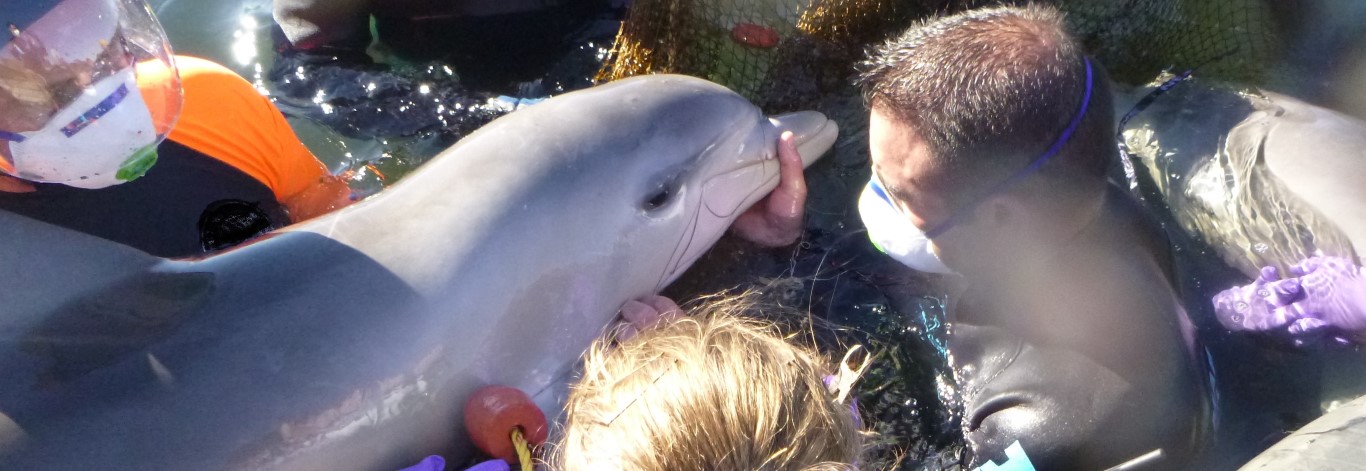

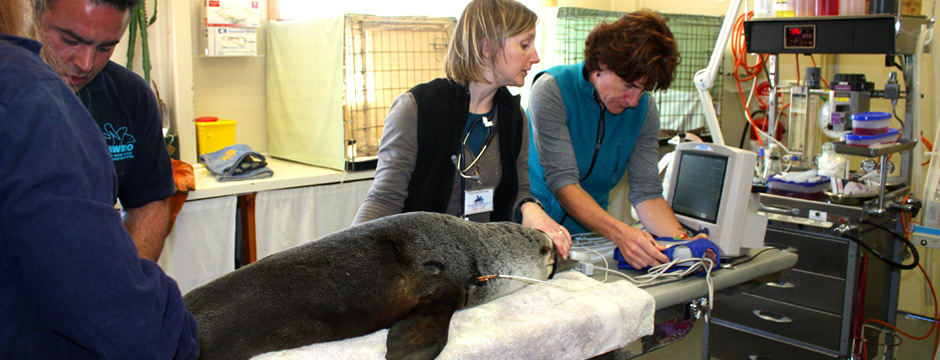
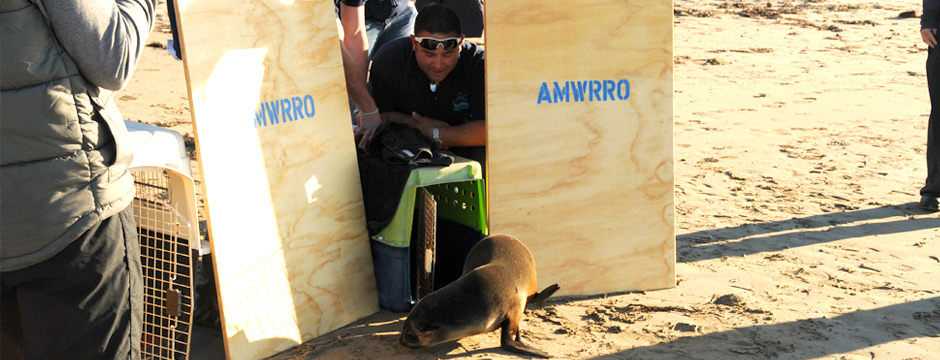
Australian Marine Wildlife Research & Rescue Organisation (AMWRRO), providing a rescue and rehabilitation service for our incredibly unique Australian marine wildlife species.
Found an injured marine animal?Despite the ongoing rescue efforts to recover oiled birds from the Barker Inlet Wetlands; the EPA Ecologist has responded to questions conce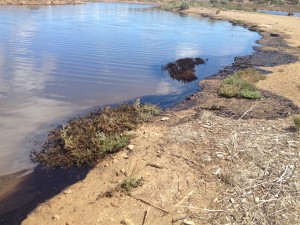 rning the remaining oil that is being left behind by saying “that oil will take care of itself”. This was said to AMWRRO President Aaron Machado several times after he questioned the EPA regarding the remaining oil that was found in large pockets of reeds and that was pushed up on land by speeding vessel.
rning the remaining oil that is being left behind by saying “that oil will take care of itself”. This was said to AMWRRO President Aaron Machado several times after he questioned the EPA regarding the remaining oil that was found in large pockets of reeds and that was pushed up on land by speeding vessel.
This oil has and will continue to affect more birds and the surrounding environment if not cleaned properly. AMWRRO will contact the Environmental Minister if this issue is not resolved as soon as possible and will be more than happy to inform the Ministers office of just how incompetent the EPA’s ecologists has proven to be in this situation.
AMWRRO personnel have spent hundreds of hours searching for oiled birds in the affected wetland areas and finding many that are affected but still able to fly hence the rescue efforts will continue for many weeks to come.
Unfortunately this will be delayed even further due to the EPS’s very relaxed attitude about this situation and having stated several times that the oil left behind will “take care of itself” is nothing short of a slap in the face for those who have contributed their time and effort to help these voiceless animals – some of which are endangered.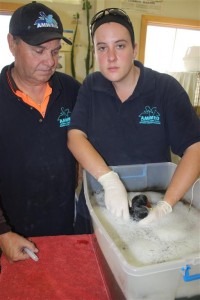
So far the AMWRRO crew have had a great success rate with 90% on birds rescued from the wetland doing very well and were today taken out of the clinic and placed into a large cage with open pool and lots to eat. These birds will be released into the AMWRRO wetland for long term rehabilitation due to the oil being left on the banks and reeds and will hopefully “take care of itself” sooner rather than later.
Special thanks to all the AMWRRO crew for doing such an amazing job and responding in great numbers to this very unfortunate situation, flipper crossed these birds will be release in the near future.
Tuesday 13th March 2012 – AMWRRO attended the huge fire at the Mulhern’s Waste Oil depot (Wingfield) due to several birds being affected by oily slugs that washed through the drain system into a small pond that had been sectioned off to stop the oil from reaching the wetland area. In the middle of this pond was a small section of reeds that ducks had apparently entered into as the water level slowly got higher and higher.
Despite AMWRRO remaining on site for over 10 hours and well into the night; these birds were never seen by AMWRRO personnel.
The following morning Wednesday 14th March 2012 AMWRRO returned to check the water level in the pond only to find it hadn’t dropped, again the birds were not seen despite getting within metres of the reeds. That afternoon AMWRRO attended again with no birds in sight.
Late Wednesday afternoon/evening Adelaide received over 25mls of rain as several large storm cells moved across the state. AMWRRO feared the water level in this pond would breach containment lines put in place and attended to check for birds and to make sure the 4 booms put in place to stop the oil from hitting the wetlands did not come adrift.
Unfortunately on arrival at 20:00 our fears became a reality with two booms completely adrift and the other two held under the water level or snagged on sandbags; allowing hundreds of thousands of liters of water and oil to flow directly into the Barker Inlet Wetland region.
AMWRRO immediately notified state government agencies responsible for the booms; the Marine Safety – Oil Response Unit of which did nothing due to the time of day and weather conditions. The Marine Safety Unit did not notify the EPA. AMWRRO contacted the EPA directly and informed them of this serious situation and requested they attend to reset booms in order to stop the remaining oil from hitting the sensitive wetlands. The EPA did attend but without the support of the Marine Safety Unit were unable to reset the booms in time. The remaining oil flowed directly into the Barker Inlet Wetlands.
AMWRRO’s emergency response personnel were contacted Wednesday night at 20:30 and all hands were on deck the following morning to start the rescue operation.
Thursday morning 15 AMWRRO personnel assembled at Torrens Island for briefing and were on site by 07:30 with boats launched and the AMWRRO clinic prepped for oiled birds and wildlife. Additional AMWRRO crews were placed on standby in case the situation turned from bad to worse.
Vessel operations worked in conjunction with land based crew and together AMWRRO combed the entire wetland area for oiled birds. Over 25 birds were seen to be affected by oil 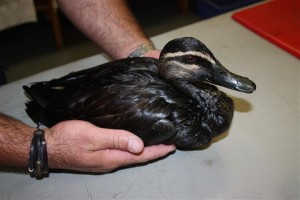 – yet could still fly or dive when approached. These birds will be closely monitored over the next few days/weeks as they will eventually drop once their stomachs are filled with this toxic oil as a consequence of preening oil affected feathers.
– yet could still fly or dive when approached. These birds will be closely monitored over the next few days/weeks as they will eventually drop once their stomachs are filled with this toxic oil as a consequence of preening oil affected feathers.
AMWRRO personnel finished on site operations and returned to Torrens Island to start scrubbing those birds that were rescued.
Friday morning, AMWRRO personnel again attended the Barker Inlet Wetlands to recover what birds were found on high ground and in the water – now suffering from hypothermia and toxic ingestion. These birds were immediately taken into care and treated. Unfortunately for some; the toxic mix of oil, solvents and other waste products proved too much for their internal organs and went downhill overnight considerably – one pacific black duck was euthanased due to its condition spiralling downhill overnight. A post-mortem examination will be performed at a later date to confirm along with toxicology tests.
Saturday and Sunday AMWRRO crews combed the wetlands for oiled birds again taking all that were found into care for immediate treatment and scrubbing. Most of these birds have recovered well from treatment but some have also died due to the stress of the whole ordeal in conjunction with a supressed immune system and toxic ingestion.
This week AMWRRO personnel will continue to rescue birds from this area, unfortunately due to these birds still being able to fly; many birds have now moved into other areas that are not contaminated – making it very difficult to find let alone rescue and treat before it’s too late.
AMWRRO’s Scientific Board members Prof. Roger Byard, Dr. Lucy Woolford and Aaron Machado with AMWRRO supervisor Brodie Philp conducted a postmorte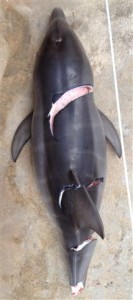 m examination on the bottlenose dolphin neonate that was collected from Semaphore Beach on February the 26th 2012.
m examination on the bottlenose dolphin neonate that was collected from Semaphore Beach on February the 26th 2012.
Unfortunately the preliminary diagnosis was confirmed – this healthy young bottlenose dolphin had been killed by multiple propeller strikes to the dorsal and flank regions. The propeller injuries to her body had shattered her spine so that she would have been paralysed; the fifth chop wound had completely severed her tail (see image)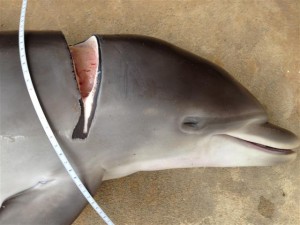 .
.
This young female dolphin was only a few weeks old, a tragic end to an otherwise perfectly healthy animal that could have potentially birthed 10 to 15 calves throughout a normal life span.